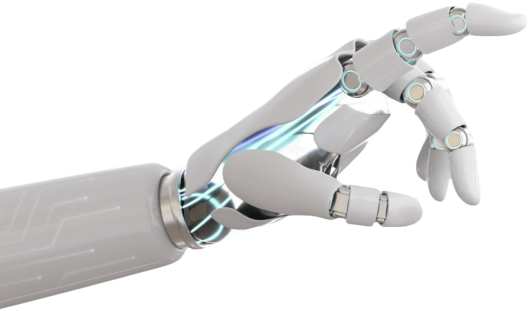
Major changes in the dynamic properties of structures are likely to occur and have been observed from the earthquake records obtained from several instrumented buildings. An appropriate signal processing technique for analysing both the earthquake ground motion and the building response data, capable of identifying the time variations in the amplitude and frequency content is presented. The discussed method implies an impulse invariant transformation for obtaining the discrete time equivalent model of the effective earthquake ground motion and of the structural system, represented by a parallel-form realization of second-order subsystems, corresponding to different modes of vibrations. The general procedure for change detection in the dynamic characteristics of the system is as follows: (i) Segment the input signal in quasi-stationaiydata blocks and fit the AR filters to them. (ii) Find the envelope of the standard deviations of the residuals derived from each data block at (i). (iii) Divide the building response by the envelope function. (iv) Filter the resulted building response, containing information about both the dynamic excitation environment and the behaviour of the structure, with the AR filters obtained at (i) above, corresponding to different time intervals. (v) Segment the filtered response in quasi-stationaiy data blocks, each transition from one data block to another marking a change in the dynamic properties of the structural system concerned. For each quasi-stationaiy data segment, the time and frequency characteristics for diagnosis-making can be evaluated. The method was applied to strong motion records gathered from a 12-storey instrumented reinforced concrete building, during the August 30/31, 1986 Romanian earthquake. Some of these results are included in the paper.
Detection of changes, spectral characteristics, autoregressive modelling, structural systems, earthquake ground motion.